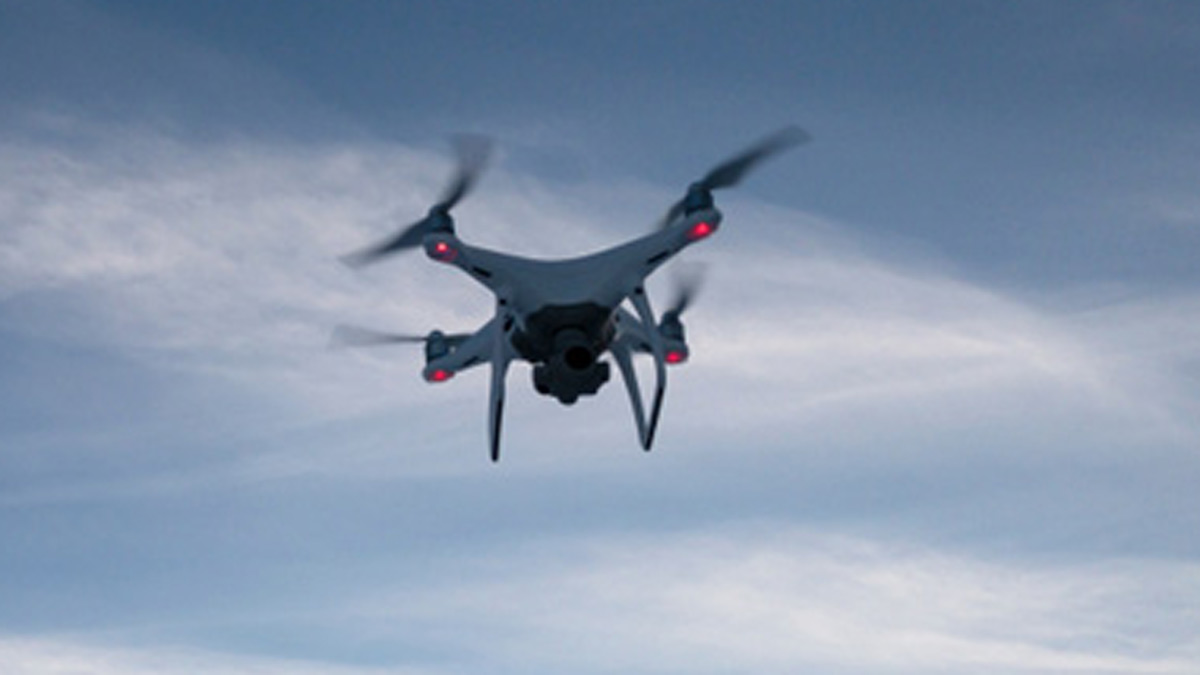Who could have launched mysterious ‘waves of drone attacks’ that killed top ULFA (I) leaders near Indo-Myanmar border?

With the echoes of the four-day-long India-Pakistan conflict from May 7-11 in India’s northern and western borders yet to die down, an insurgent outfit claimed that the Indian Army had ‘aerially’ attacked its camps in Myanmar with drones from about 2 AM to 4 AM on July 13, and three of its top leaders have been killed.
The Indian Army has vehemently denied its involvement. Guwahati-based defence ministry spokesperson Lieutenant Colonel Mahendra Rawat said, “No inputs with Indian Army on such operation”. The Indian Army’s Additional Directorate General of Strategic Communication too denied any army role in the July 13 incidents.
A source that THE WEEK spoke to believes that the attacks near the India-Myanmar border targeted several camps of the banned United Liberation Front of Asom (Independent) or the Paresh Barua-led faction of the ULFA that were located near Nayang village across the Pangshau pass and near the Hoyat village under Lahe township.
A second source said an attack had also taken place at Waktham in Myanmar across Changlang in Arunachal Pradesh. Incidentally, Waktham is the birthplace of the deceased Naga underground leader SS Khaplang.
READ MORE: Indian Army denies drone, missile attacks on outlawed ULFA-I at Indo-Myanmar border
The attacks come at a time when intelligence reports speak of the ULFA (I) consolidating its power and resources by recruiting cadres, building up its arsenal and resorting to extortion.
Accusing the Indian military of the attacks and promising retribution, the ULFA (I) claimed that at least three of its top functionaries, including self-styled ‘lieutenant general’ Nayan Asom’ alias Nayan Medhi originally hailing from Pathsala in Bajali district in western Assam, ‘brigadier’ Ganesh Asom alias Ganesh Lahon and ‘colonel’ Pradeep Asom alias Akon Gogoi both originally hailing from Charaideo district, were killed while about 19 cadres were injured.
The targeted ULFA (I) camps also housed cadres of the People's Liberation Army (PLA), the armed wing of the Revolutionary Peoples’ Front (RPF), a leading separatist insurgent outfit of Manipur valley, predominantly comprising militants of Meitei ethnicity.
The RPF-PLA doesn’t have camps of its own, and in the past had shared bases with Kuki insurgent outfits but had since abandoned the practice after a sharp deterioration of Meitei-Kuki relations.
ULFA (I) and PLA coordinate and collaborate closely, including sharing of training camps.
About 60,000 sqkm big area, spanning in length for about 1,300 km north from across Arunachal Pradesh to the south across Manipur, and an average of about 50 km in width till the Chindwin river in Myanmar, has been the hotbed of about 50 separatist insurgents from Northeast India, mainly from Assam, Manipur and Nagaland. It is also home to many militant groups in Myanmar fighting against the junta in Naypitaw.
It is from this region that insurgents cross the porous border to India to launch attacks before easily slipping back to their Myanmar bases through thick jungle routes.
With an ongoing civil war and the ‘Tatmadaw’ or the Myanmarese army losing grip in this swath, the population inhabiting this backward stretch in the last few years had become very dependent on the Indian side for food items, medicines and other goods of daily use.
Largely outside the pale of the control of Naypyitaw, this area is lawless and a swath that is so inaccessible that even in today’s time of instant news, information flow remains very low and slow.
That is the reason why facts pertaining to the drone attacks on July 13 remain shrouded in mystery.
The main element of the abiding mystery here is with the Indian Army in vehement denial of its involvement or knowledge, the question is who launched these Sunday morning attacks?
Another possibility is that the attacks may have been conducted by the People’s Defence Force (PDF), the armed wing of the National Unity Government (NUG) of Myanmar that was set up after a 2021 military coup ousted the government in power. The PDF vows to set up a democratic government after defeating the military junta. But the question here is how would the PDF lay its hand on such sophisticated drones and in such numbers?
While the use of weaponised drones is not unknown in this region, the scale and sophistication of the drones rules out the possibility that they could have been launched by other insurgent groups opposed to the ULFA (I).
ULFA (I) claimed that more than 100 “Israeli and French” drones, missiles and even fighter aircraft were used in the attack. But how does the ULFA (I) know that these airborne drones are of Israeli and French make?
Defence